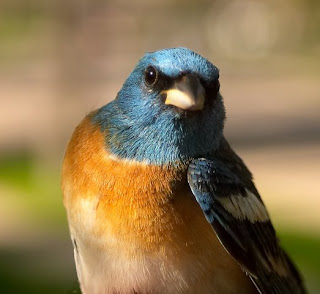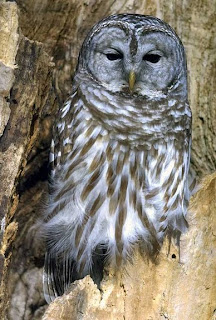Speciation
Speciation is almost always allopatric and not sympatric. That means, for two populations to speciate, they need to be isolated. Once isolated, genetic differences accumulate. This is called evolution. Evolution means that the most fit leave the most offspring. In other words, the most fit leave the most genes. Thus, over time. the genes that constitute being the most fit become prevalent in a population. Evolution is inevitable. Given enough time, speciation probably occurs in all isolated populations. The question is, do they breed if they come back in contact (a zone of secondary contact)? If reproductive isolating mechanisms have appeared, then speciation has occurred. A classic example of this is Darwin's Finches on the Galapagos.
There are many ways in which populations can become fragmented. These ways include isolation on islands, mountain tops, and glacial refugia. Once fragmented, the populations develop isolating mechanisms, which keep them from interbreeding in a future zone of secondary contact.
There are many ways in which populations can become fragmented. These ways include isolation on islands, mountain tops, and glacial refugia. Once fragmented, the populations develop isolating mechanisms, which keep them from interbreeding in a future zone of secondary contact.
Lazuli and Indigo Buntings hybridize where their ranges meet in the midwest.





I LoVe ThIs SiTe!
ReplyDelete